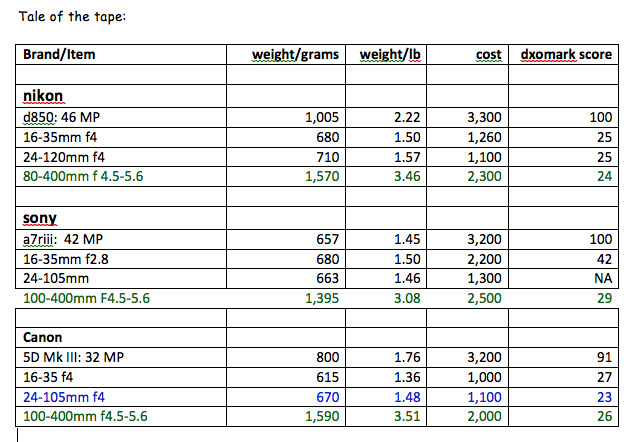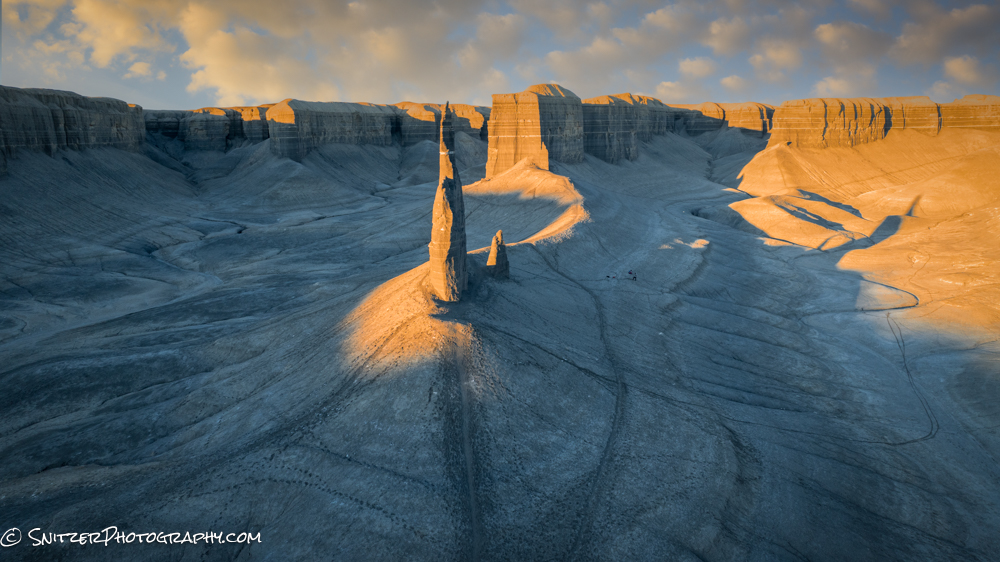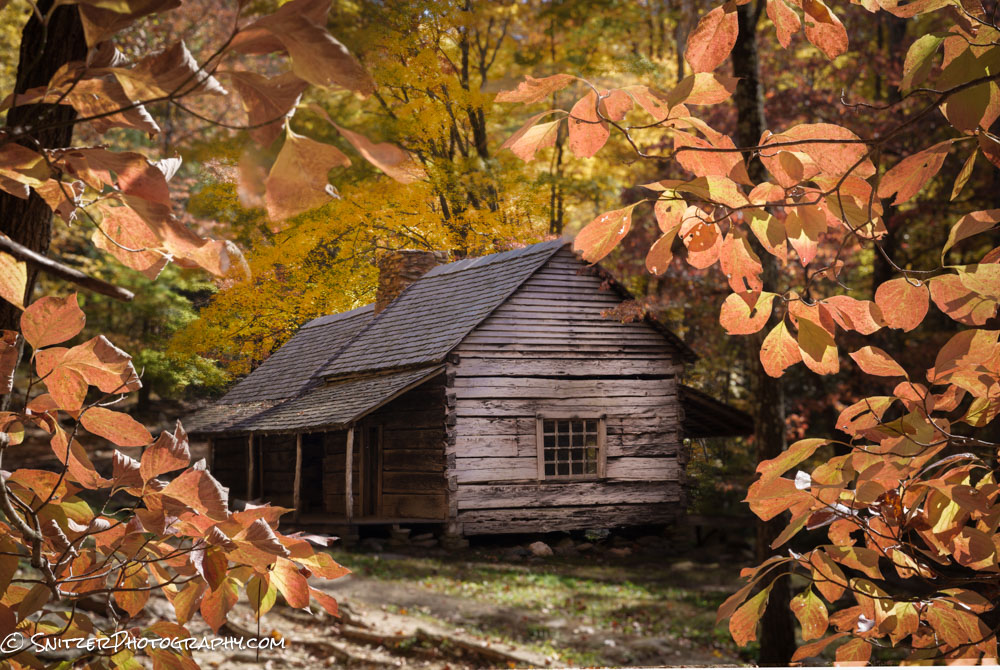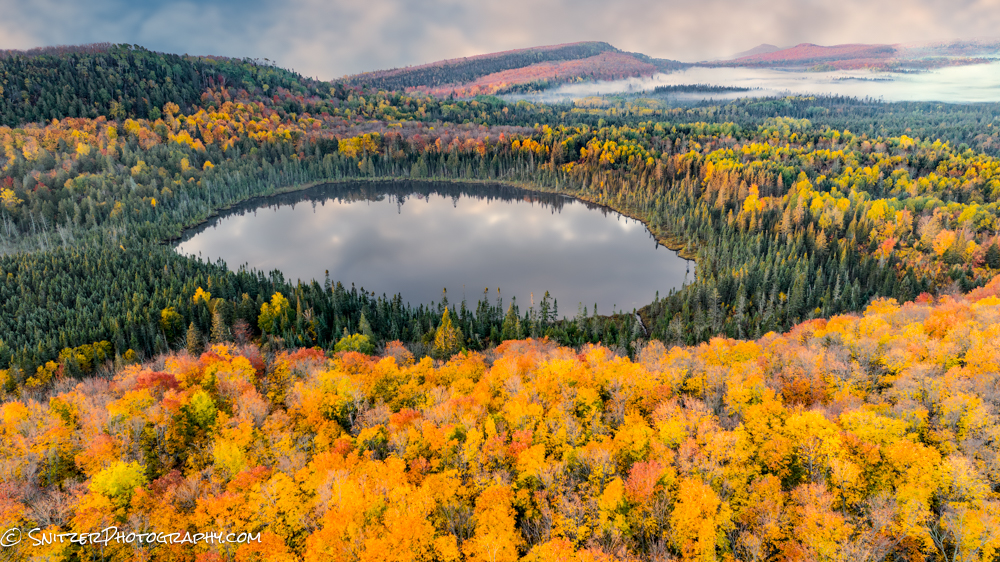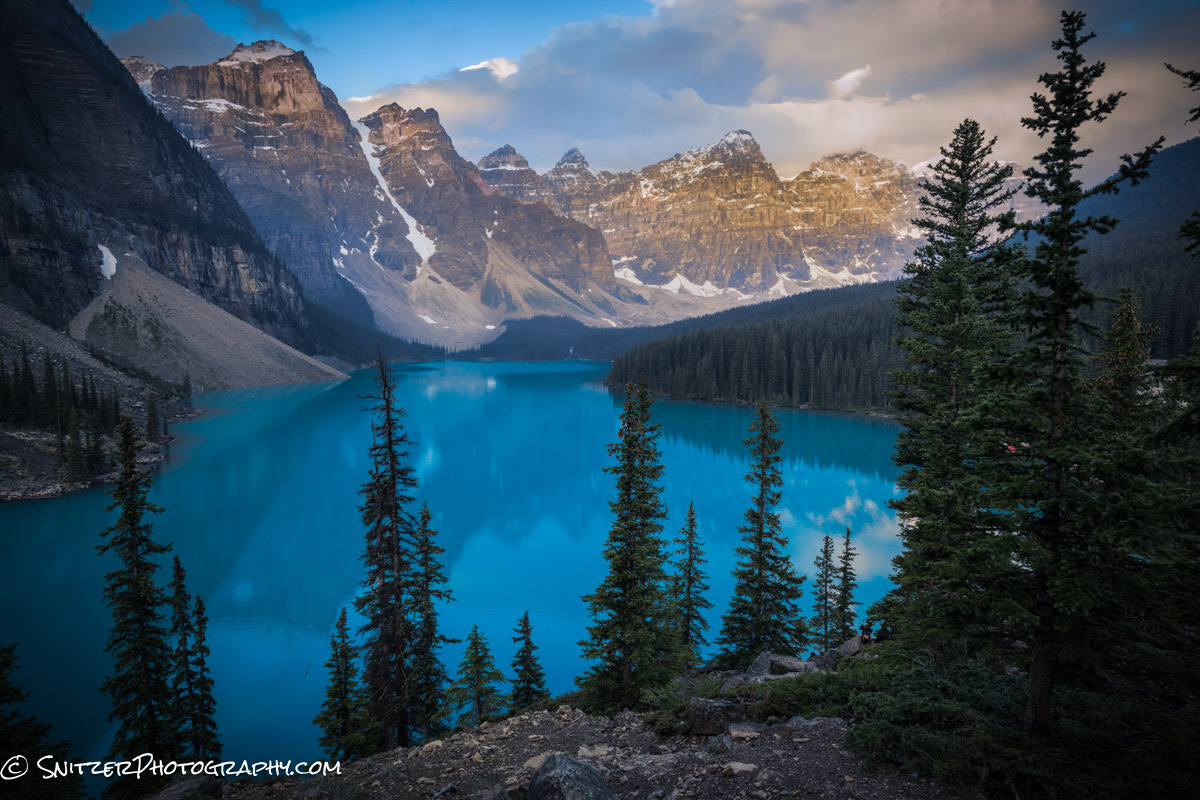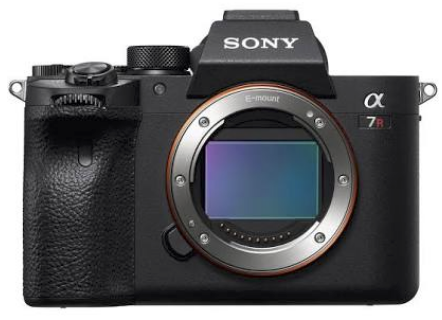Most nature shooters stay relatively close to the road (ergo, keep it within a 1-mile radius). If you find yourself yearning for adventure and going on some extended excursions (hiking 4+ hours) you may need to mod your equipment to keep up.
Nuts like me? Not uncommon to clock in more than 10 miles/climb 2,000-3000 vertical feet during a full one-day outing? No, it’s not self-flagellation, you simply like the physical challenge and get to see some bomber scenery that others don’t get to photograph. Ergo, ops for creating some original imagery…BAM!
Some tricks to enjoy those hikes 100% more!
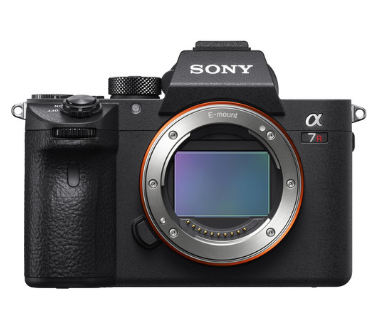
Lighten up the camera/lens kit. I’m shooting with the Sony A7r III, which is almost 1 lb. lighter than Nikon’s 810 or 850, has the same 15 stops of dynamic range and is about ½ the size. Additionally, the key Sony lens choices are as good as Canon or Nikon’s, while being more compact and lighter weight. Less weight on your back, less room is taken up in your pack. See my complete comparison of the Nikon 850 v Canon 5D IV v Sony A7r III. https://snitzerphotography.com/education/template-3/
Be strategic on which lenses you bring.
If I’m going on a long very steep climb, I may simply bring my Sony 24-105mm, a sharp lightweight lens, with great versatility. I always have the option to bang off a multiple exposure pano shots if I need to go wider occasionally on the hike.
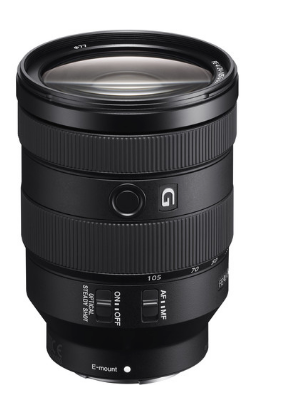
If I expect to encounter many ultra wide angle ops and perhaps some wildlife, then I’ll carry two lenses: The Sony 16-35mm (below left) and the Sony 70-300mm (below right). I’ve now covered a much wider range and added less than 2 lbs. to my pack weight.

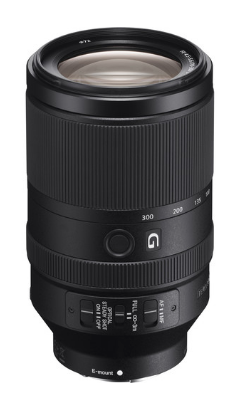
Tripod really required?
Unless I’m encountering water features (need to blur water) or plan to shoot in very low light, I’m usually inclined to leave the tripod at home. The Sony with 5.5 stops of built-in image stabilization provides IQ to shoot tack sharp photos even at small apertures.
Suspect moving water ahead? I’ll bring my Really Right Stuff Pocket Pod mini tripod. Insert photo At under 1 lb. it’s super light, can handle any of the above lens setups and rock solid. It requires me to shoot low to the ground, set up on top of my pack or perched on a rock but weighs practically nothing. photo of RRS pod
There are several full-size tripod options available but all weigh 3-4 lbs. For me, seldom worth the hassle on a very long hike.
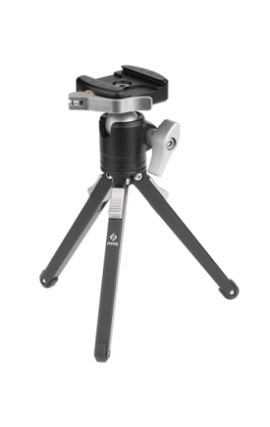
Ditch the camera bag?
Still using a purpose-built camera pack. Few come with the type of well-constructed suspension systems that dedicated hiking packs offer. In short, 99% of camera packs are incredibly uncomfortable on long steep hikes. Did I mention these bags typically weight 5 Lbs. or more? More weight to carry.
Instead, I use an Osprey Stratos 35 (front/rear views featured below). The bag has plenty of room and compartments to carry my camera/lens set up and weighs only 3 lbs. The pack can be adjusted to fit your back/hips perfectly and is 100% more comfortable on a long hike. There are plenty of pockets, storage spaces for filters, memory and other shooting accessories, plus multiple layers of clothing and food. The pack also comes with a waterproof rain cover
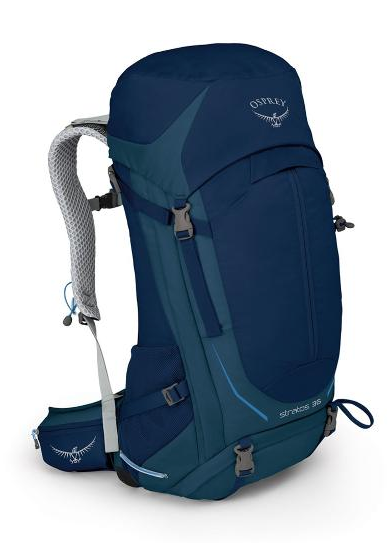
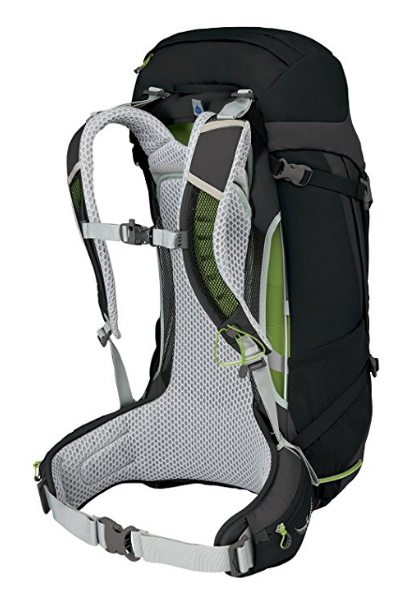
How do I protect my lenses while packed? I typically store them in the Altura Pouches. Soft, protective, lightweight. My camera: it’s usually at the top of the pack’s main compartment sitting safely atop a jacket or other soft clothing. Because I’m carrying one camera and one or two lenses, I needn’t bring bulky camera packing dividers/systems on board.
The new Shimoda 40 camera backpack is a notable exception (worth looking at). I opted against because it lacks exterior water bottle holders. https://www.amazon.com/gp/product/B00MJ3RC8E/ref=oh_aui_detailpage_o00_s00?ie=UTF8&psc=1.
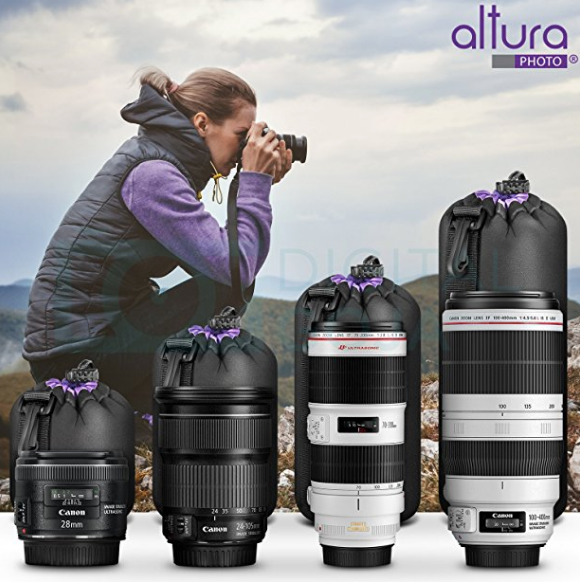
The result: I have a lightweight comfortable set up that allows me to travel great distances in comfort and expand my experience in the wild. I can bring back photos of places that most shooters won’t go.
Below are the details comparing the Sony camera/lenses to Canon/Nikon for the technically inclined!
